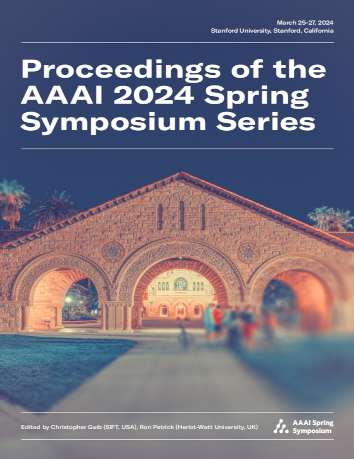Influence Reasoning Capabilities of Large Language Models in Social Environments
DOI:
https://doi.org/10.1609/aaaiss.v4i1.31769Abstract
We ask whether state-of-the-art large language models can provide a viable alternative to human annotators for detecting and explaining behavioural influence online. Working with a large corpus of online interactions retrieved from the social media platform Mastodon, we cross-examine a dataset containing 11,000 LLM influence labels and explanations across nine state-of-the-art large language models from 312 scenarios. We use a range of resolution categories and four stages of shot prompting to further measure the importance of context to language model performance. We also consider the impact of model architecture, and how social media content and features from the explanation impact model labelling accuracy. Our experiment shows that whilst most large language models struggle to identify the correct framing of influence from an interaction, at lower label resolutions, models like Flan and GPT-4 Turbo perform with an accuracy of 70%-80%, demonstrating encouraging potential for future social influence identification and explanation, and contributing to our understanding of the general social reasoning capabilities of large language models.Downloads
Published
2024-11-08
How to Cite
Gassmann, L., Campbell, J., & Edwards, M. (2024). Influence Reasoning Capabilities of Large Language Models in Social Environments. Proceedings of the AAAI Symposium Series, 4(1), 40-47. https://doi.org/10.1609/aaaiss.v4i1.31769
Issue
Section
AI Trustworthiness and Risk Assessment for Challenging Contexts (ATRACC)

